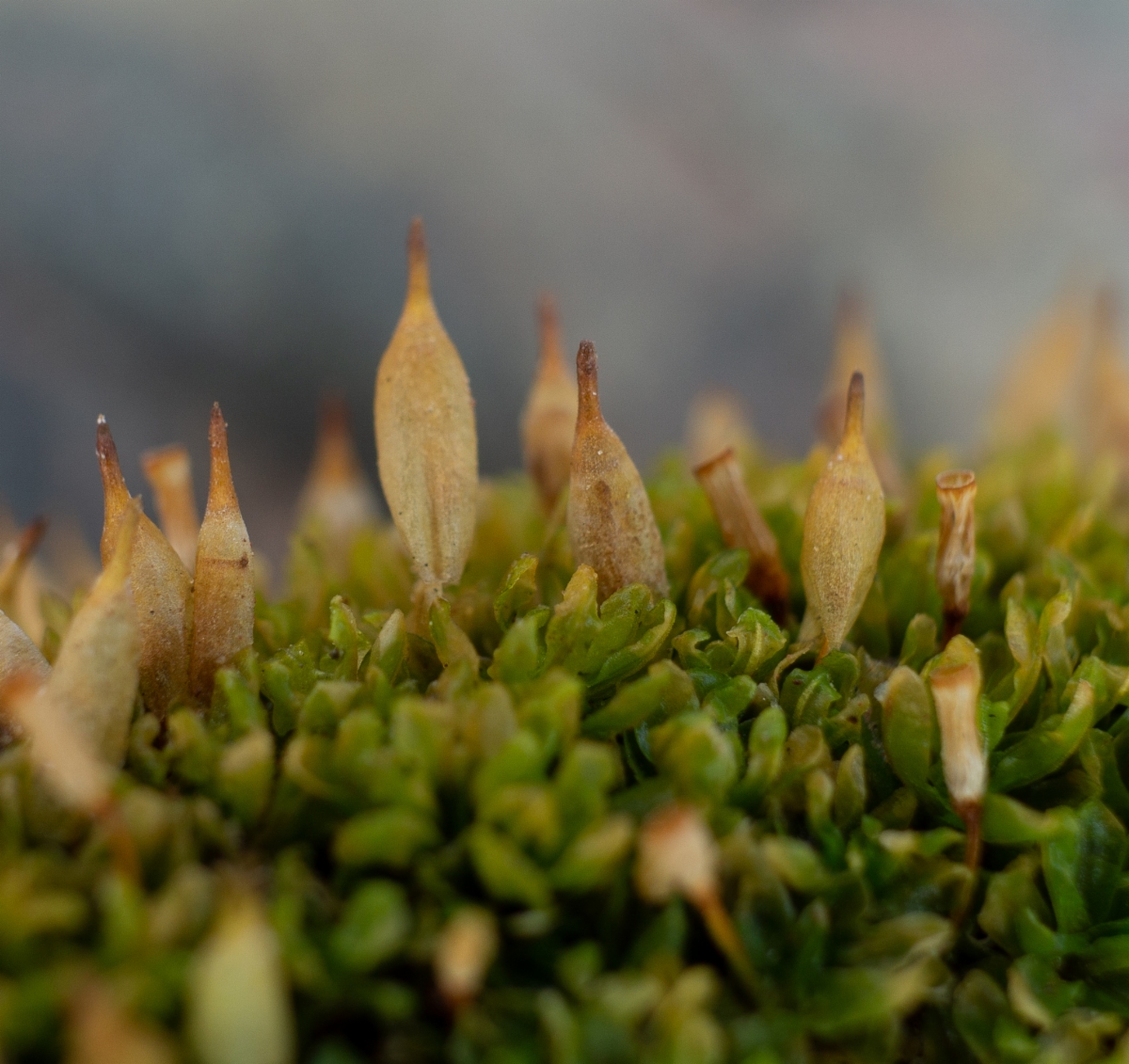
image from: https://www.calflora.org/app/taxon?crn=13821
Introduction
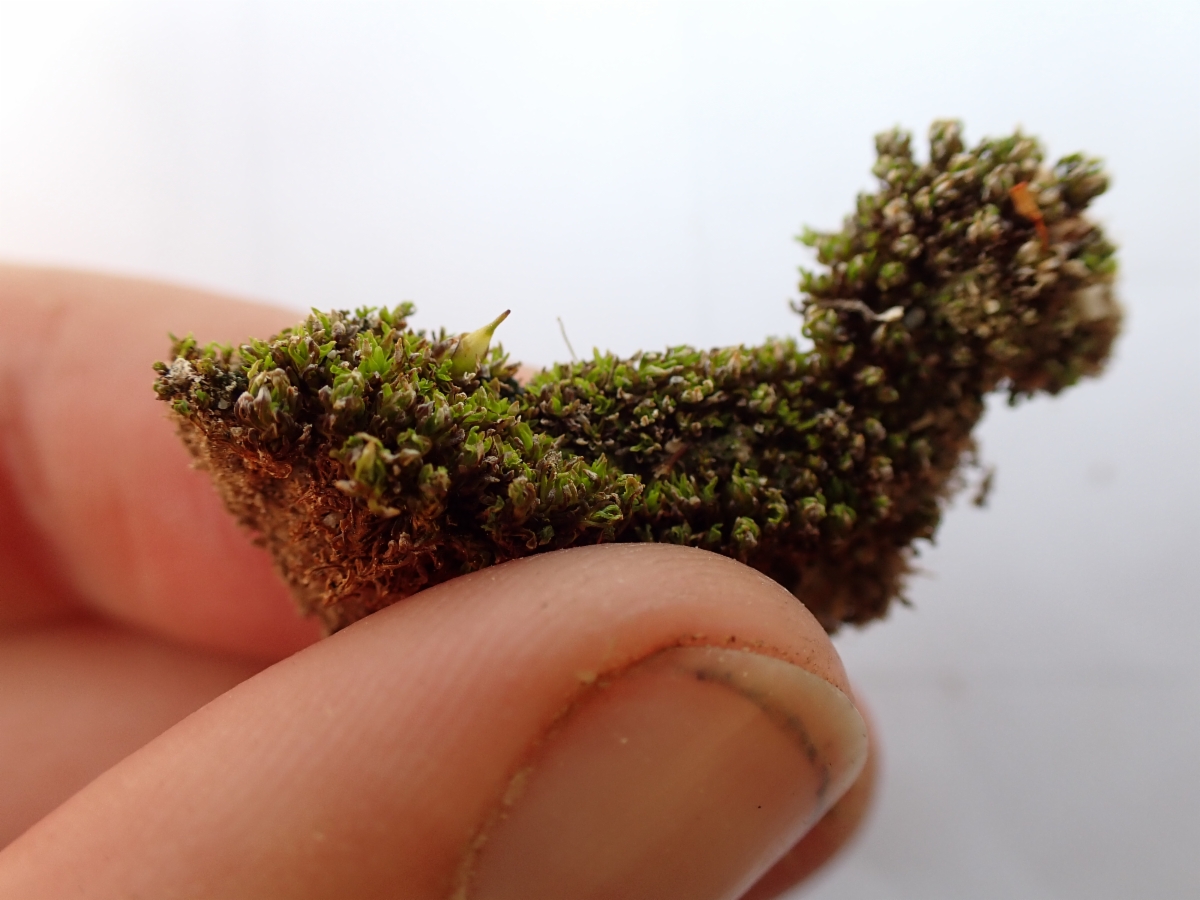
image from: https://www.calflora.org/app/taxon?crn=13821
The world of mosses is a fascinating and often overlooked realm, home to a diverse array of species that play crucial roles in various ecosystems. Among these unsung heroes is the Encalypta intermedia Jur., a remarkable moss belonging to the Encalyptaceae family, commonly known as Encalypta. This unassuming plant has captured the interest of bryologists and nature enthusiasts alike, offering a unique window into the intricate world of Bryophyta.
Background
Before delving into the specifics of Encalypta intermedia Jur., it’s essential to understand the broader context of mosses. These diminutive plants belong to the division Bryophyta, which encompasses a diverse group of non-vascular plants that lack true roots, stems, and leaves. Despite their small stature, mosses play vital roles in various ecosystems, acting as pioneers in colonizing new environments and contributing to soil formation and water retention.
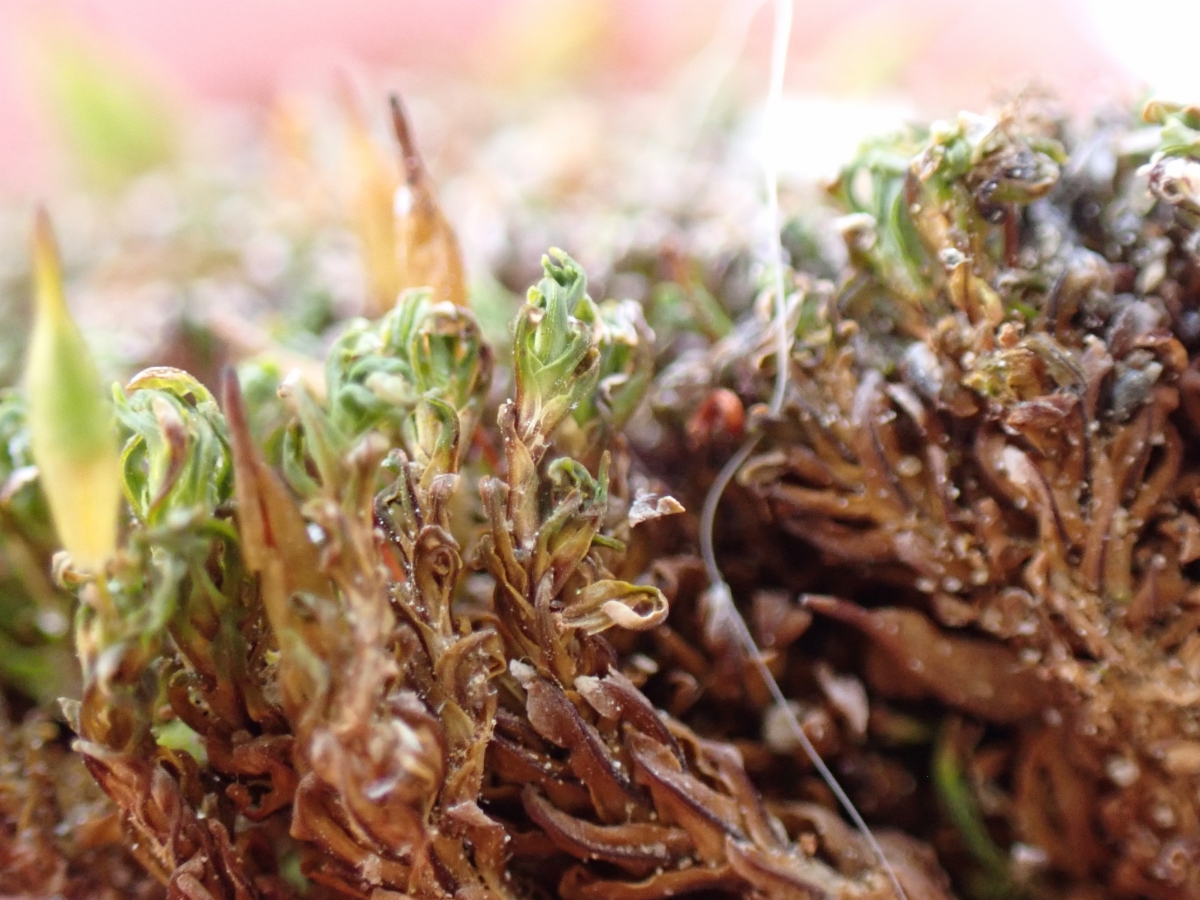
image from: https://www.calflora.org/app/taxon?crn=13821
Main Content
Morphology and Identification
Encalypta intermedia Jur. is a acrocarpous moss, meaning its sporophytes (spore-bearing structures) grow vertically from the tips of the gametophyte (the leafy, green plant body). This species is characterized by its distinctive calyptra, a cap-like structure that covers the developing sporophyte. The calyptra of Encalypta intermedia Jur. is particularly noteworthy, as it is cylindrical and fringed at the base, providing a unique identifying feature.
The gametophyte of Encalypta intermedia Jur. forms dense tufts or cushions, with leaves that are lanceolate (lance-shaped) and strongly keeled (with a prominent midrib). The leaves are typically yellowish-green to brownish-green in color, and the stems can reach heights of up to 5 centimeters.
Global Distribution and Habitat
Encalypta intermedia Jur. is widely distributed across various regions of the world, including Europe, Asia, North America, and South America. This moss thrives in a variety of habitats, ranging from calcareous rocks and soil to tree bark and rotting wood.
One of the remarkable adaptations of Encalypta intermedia Jur. is its ability to colonize and thrive in disturbed environments, such as quarries
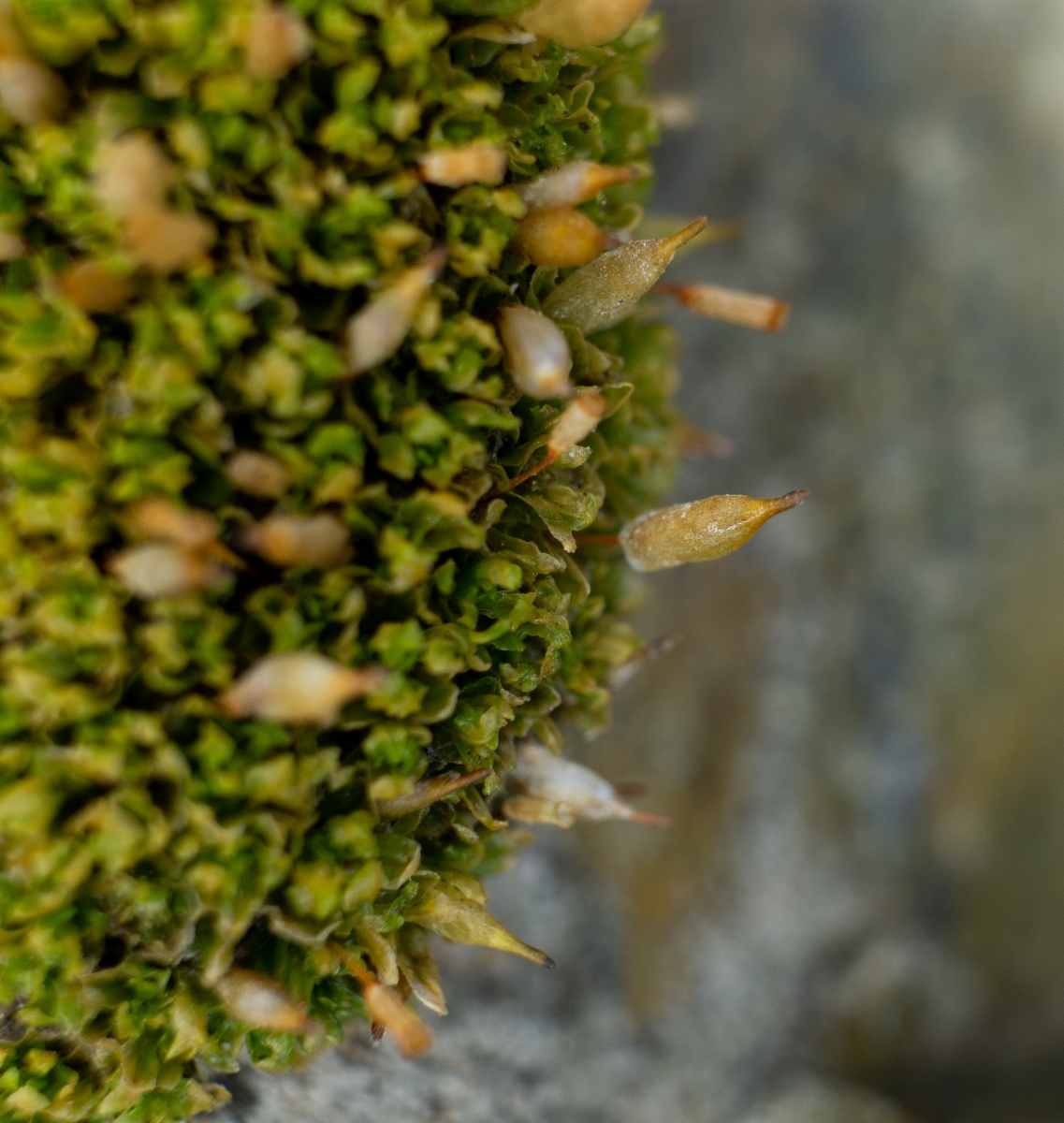
image from: https://www.calflora.org/app/taxon?crn=13821
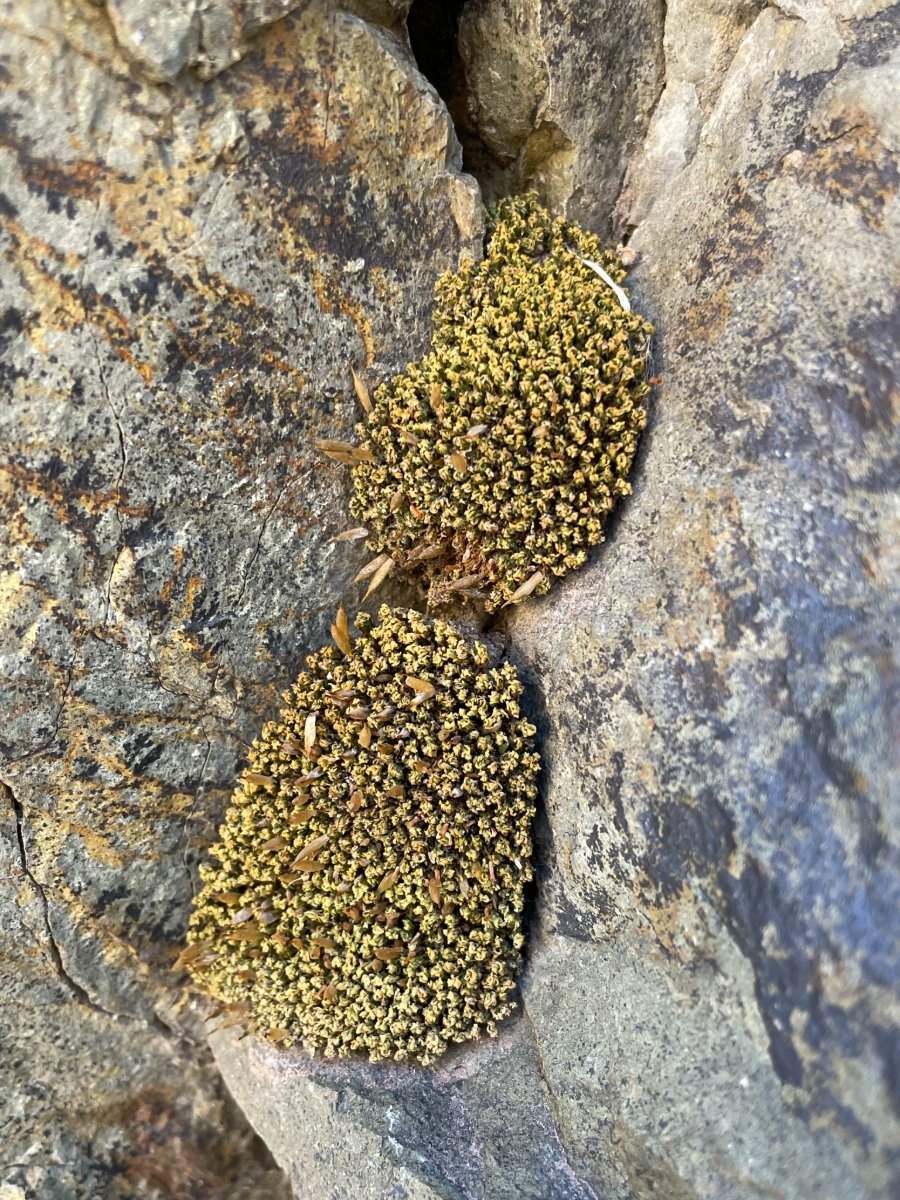
image from: https://www.calflora.org/app/taxon?crn=13821
, road cuts, and construction sites. This resilience allows the moss to act as a pioneer species, paving the way for other plants to establish themselves in these challenging environments.
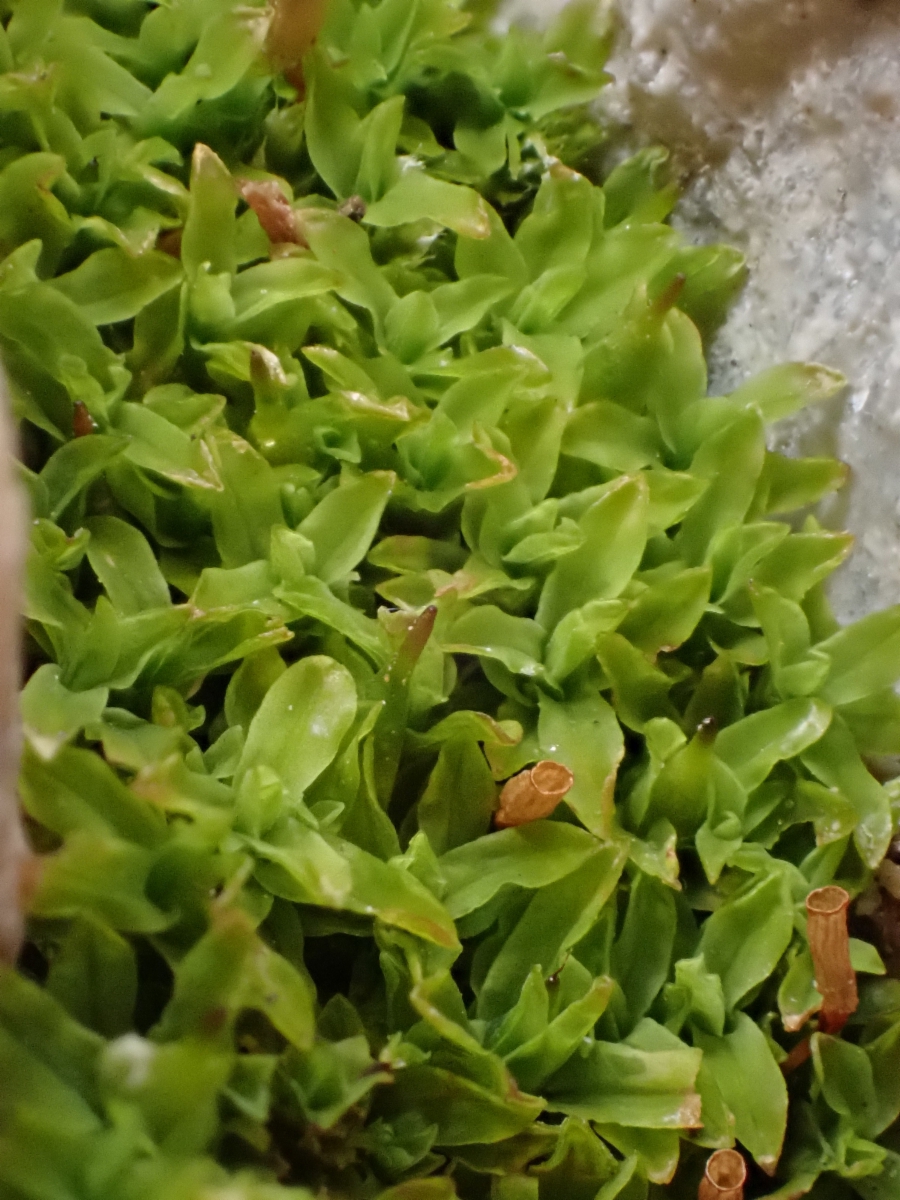
image from: https://www.calflora.org/app/taxon?crn=13821
Ecological Roles and Adaptations
Despite their small size, mosses like Encalypta intermedia Jur. play vital roles in various ecosystems. They contribute to soil formation by breaking down rocks and retaining moisture, creating favorable conditions for other plants to grow. Additionally, mosses serve as microhabitats for a diverse array of invertebrates, providing shelter and food sources for these tiny creatures.
Encalypta intermedia Jur. exhibits several adaptations that enable its survival and success in various environments. One notable adaptation is its ability to tolerate desiccation, allowing it to withstand periods of drought by entering a dormant state and reviving when moisture becomes available.
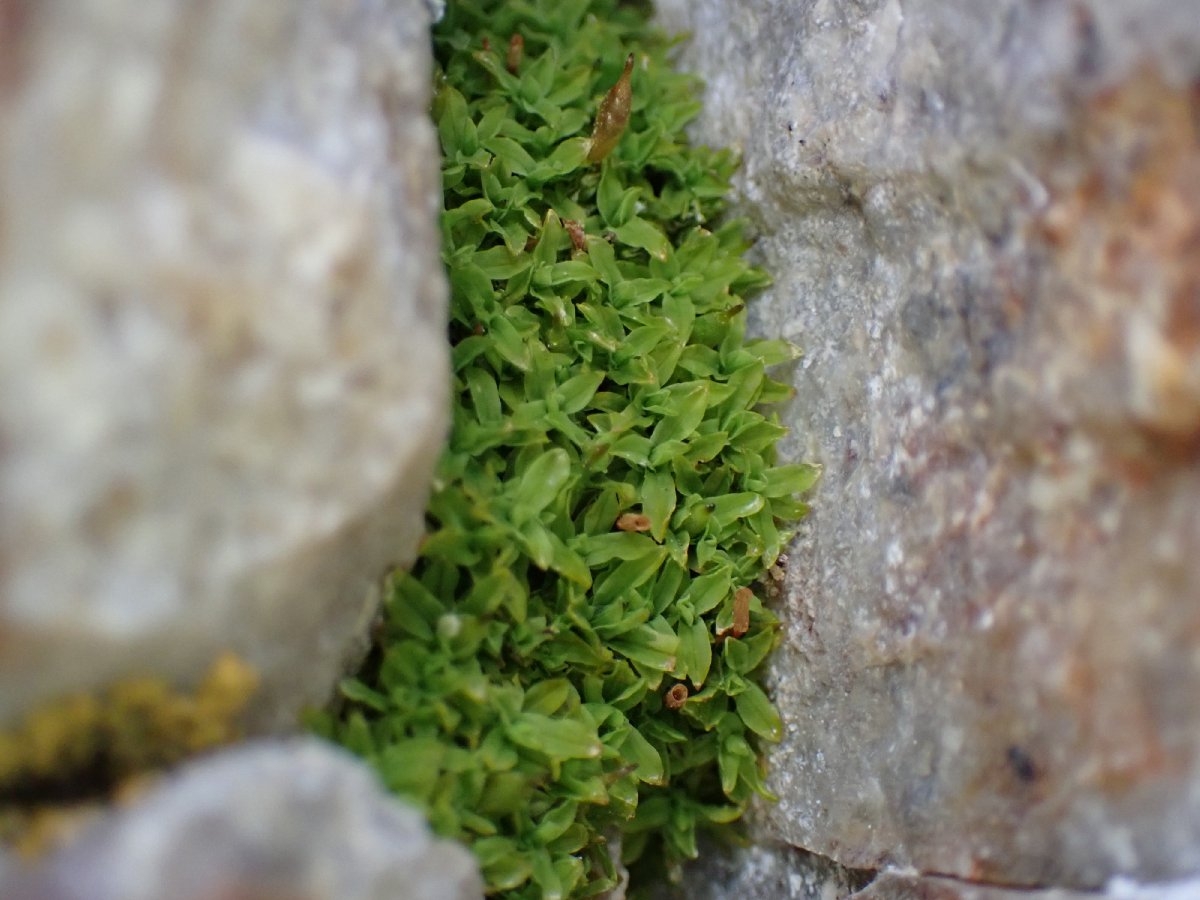
image from: https://www.calflora.org/app/taxon?crn=13821
Case Studies/Examples
A study conducted in the Rocky Mountains of North America highlighted the importance of Encalypta intermedia Jur. in facilitating the establishment of other plant species. Researchers found that this moss played a crucial role in stabilizing disturbed soils and creating favorable conditions for the growth of vascular plants, contributing to the overall recovery of the ecosystem.
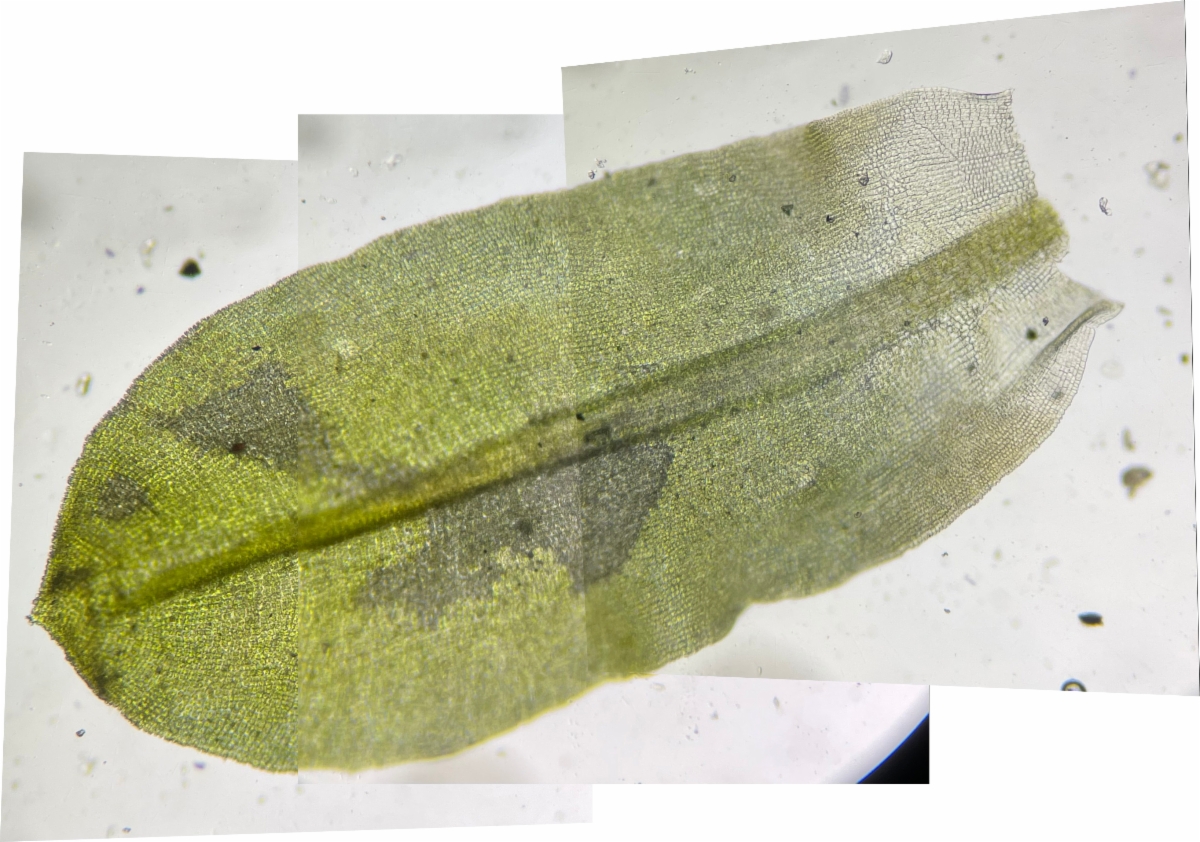
image from: https://www.calflora.org/app/taxon?crn=13821
Technical Table

image from: https://learningaboutmosses.wordpress.com/encalypta-streptocarpa-clump/
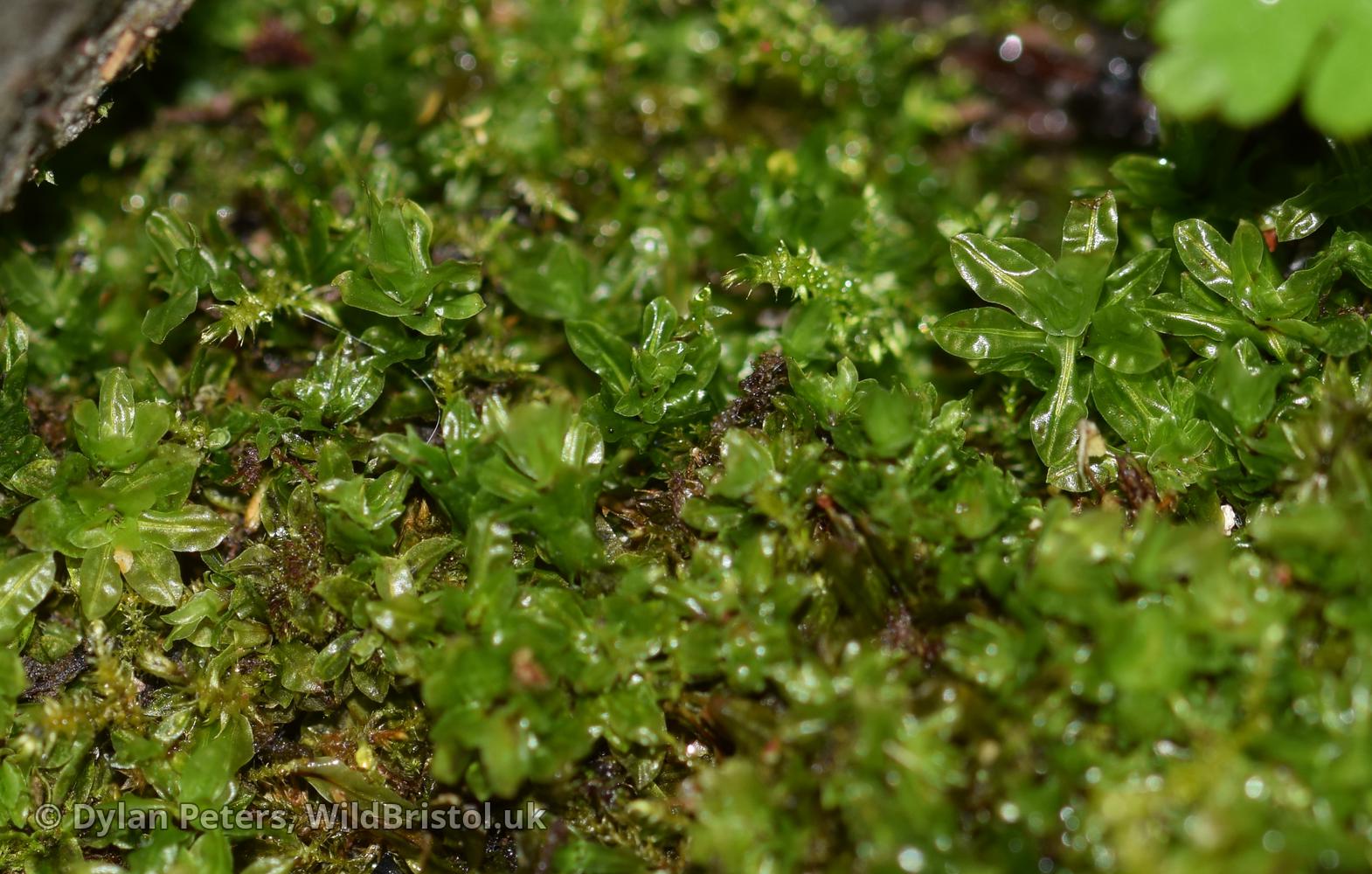
image from: https://wildbristol.uk/groups/ferns-horsetails-mosses-liverworts/spiral-extinguisher-moss/
| Characteristic | Description |
|---|---|
| Family | Encalyptaceae |
| Genus | Encalypta |
| Species | intermedia Jur. |
| Growth Form | Acrocarpous moss |
| Calyptra | Cylindrical, fringed at the base |
| Leaf Shape | Lanceolate, strongly keeled |
| Leaf Color | Yellowish-green to brownish-green |
| Height | Up to 5 cm |
| Habitat | Calcareous rocks, soil, tree bark, rotting wood |
| Distribution | Europe, Asia, North America, South America |